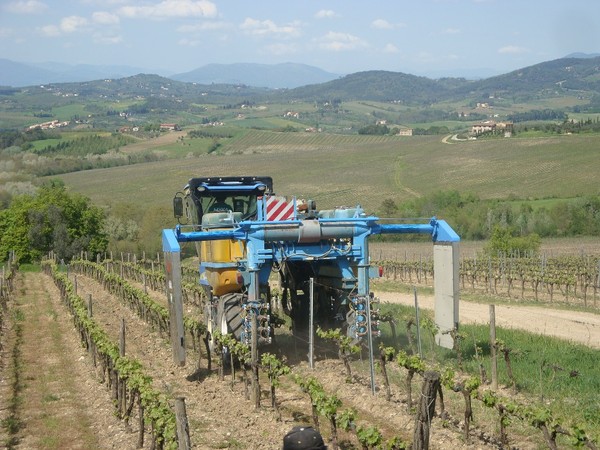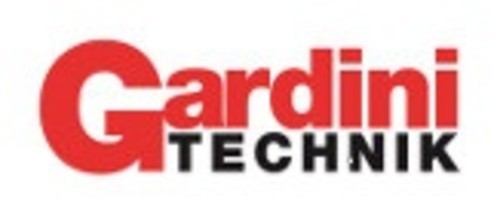
Martignani's new mist-blower named the Duo-Wing-Jet
Reducing the dispersal of chemical substances to a minimum during plant treatment operations is the objective Martignani in Ravenna set out to achieve in the manufacturer's development of M-612 Duo – Wing – Jet pneumatic electrostatic mist-blower for the recovery of the treatment product by applying the combination of the electrostatic fields created between plants, micro-droplet spraying and two protective air cushion shields which do not recycle the pesticides used but produce an anti-drift effect without leaving chemical residues. The M-612's electrostatic spray nozzles assign to the micro-droplets the same electrical charge which means that they are attracted to the vegetation but oppose each other. The system is made even more efficient by the installation of the two protective screens with cushions of pressurized air, which can be regulated, sent to the foliage for capturing droplets which may have escaped the electrostatic field. According to the phenological state of the plants, the operator can regulate volume, velocity and impact of the air flow of the electrostatic spray nozzles as well as the size of the micro-droplets. Moreover, with this Martignani mist-blower the operator can set dosages for treatment from time to time in relation to various plant characteristics to avoid the need to collect or recirculate any fraction of the liquid residues to always have available an optimum and integral mix. This is not the case, the company pointed out, when the excess mix on vegetation is recycled and used for other operations. A note issued by Martignani said that with their innovative technology the M-612 Duo – Wing – Jet is able to reduce water used for operations by 90%, lower work time and manpower by 70% and achieve a 95% drift-free effect without chemical residues left on the plants sprayed while also reducing the quantity of the plant treatment product by 45-50%.








